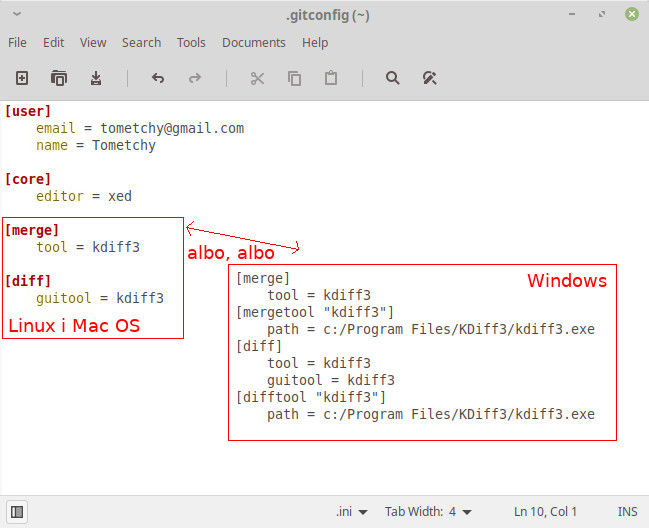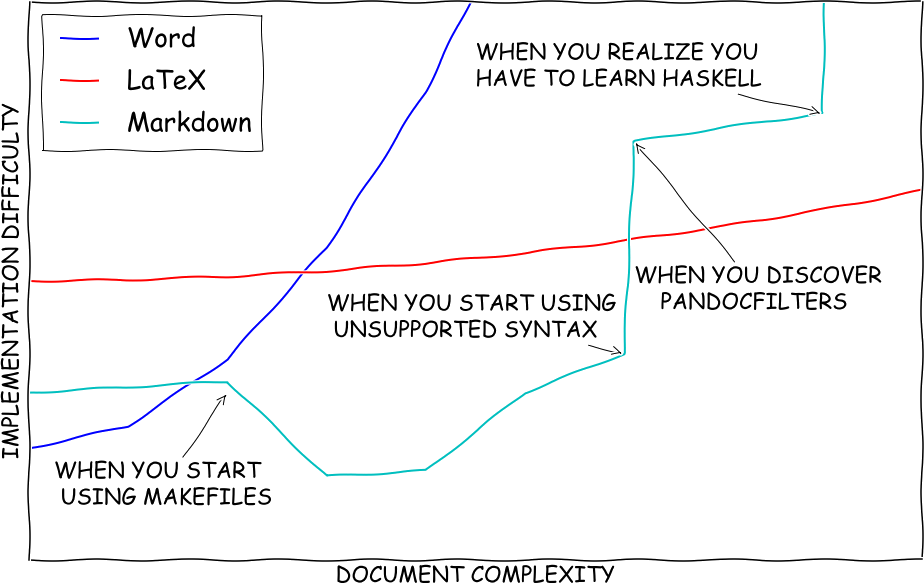

So the botton line is: try them all and see (this is why you were asked for some free time in the introduction) for yourself. While some of the most complex editors named above can serve as IDEs, I personally believe that with the right mind set, any editor can become an IDE, and some, like vim, emacs or kate, are already believed to be IDEs if used correctly. You might have noticed that we haven’t included some popular Linux IDEs in our list, like Eclipse or KDevelop. This article will only give you a short introduction and a very short introduction to two of the more popular editors, but it’s up to you to search for the aforementioned names and even try them on to see which fits your hands better. There are good GUI editors, like kate, jEdit or gedit, just the same as there are good CLI editors (and some have GUI equivalents): (n)vi(m), emacs, jed, nano, ed and others. And let’s be honest: no one sees and no one cares about what you’re using, and everything that matters is a tool that does the job in the manner you want it to. 11 cases out of 10 these are childish advice with no real interest to help you. So it’s an advice not to take such advice, basically.

GUI or CLI?Īlthough we don’t really appreciate giving advice and prefer respecting everyone’s taste, here’s a piece of advice: forget about “use that editor, it’s more 31337 than the others! You will be so k3w1, d00d!”. We want to give you a short classification of available Linux editors, then give you a blitz tutorial on the most popular: vim and emacs. This is where what you’re reading right now (hopefully) helps. Confusion will ensue in a matter of minutes. In a matter of seconds you will find blog posts, forum posts, mailing list posts, articles and tutorials on the matter, each and every one telling you how editor X is the best and the other editors are no good. How so? Well, if you are a beginner, you will need an editor and start searching the net with terms like “Linux editor”. Linux offers a choice of editors that is too wide at times. But we felt the need to have a little introduction from a more technical point of view. A theoretical backgroundĭon’t worry: while the subtitle might seem a little demanding, don’t expect fancy and hard-to-read terminology. Here’s what our article is here to do, and the only thing expected from the reader is patience and some free time. So choosing and knowing at least one editor that’s available for Linux is more than important. While Linux has GUIs more and more advanced, given its’ heritage you will sooner or later have to use the command line and an editor you are comfortable with to edit some config file. Of course, that’s not to say that the editor is only needed when programming.

#Vim vs gedit series
As we’re nearing the end of the C series it becomes more and more obvious that we need to learn more about the tools, about the practical side of programming.


 0 kommentar(er)
0 kommentar(er)
